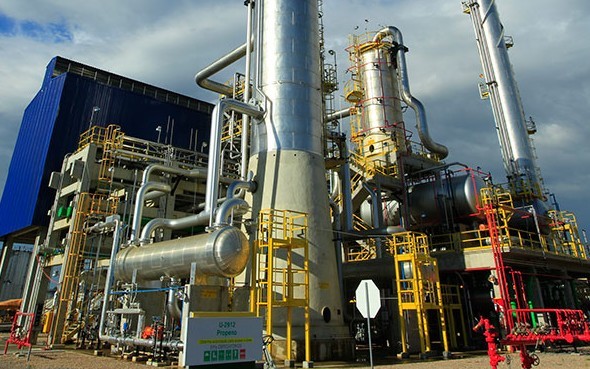
A mathematical technique developed to test the efficacy of nuclear bombs is being used by a Scottish company to predict the reliability of vital equipment on North Sea oil rigs.
Aberdeenshire-based company Plant Integrity Management can predict when equipment will fail or needs replaced, based on probabilistic analysis, often known by its code name – “Monte Carlo” analysis.
Monte Carlo methods are computational algorithms used in physical and mathematical problems and are frequently used to determine probability.
In the 1940s it was developed by scientists working on nuclear weapons projects at the Los Alamos Laboratories where it was used to assess the potential impact of the hydrogen bomb.
Nowadays, it is used for more benign reasons in the nuclear industry and increasingly within the oil and gas industry asset integrity realm.
Martin Worth, director of risk at PIM, said: “It’s really not difficult mathematics, but it is very computationally intensive, which in the past made it very expensive to do.
“Nowadays, you can get applications for your smart phone that can run it.
“It’s processing power, rather than brain power that makes it such a useful tool. Like any tool however, it’s performance relies on the knowledge and skill of the user to get the most out of it.”
As a chartered physicist, Worth’s definition of what constitutes difficult mathematics may be slightly more advanced than it is for less gifted individuals, but he defines the level of risk as the simple equation of consequence x likelihood.
PIM has been using Monte Carlo analysis to assess how long equipment will take to fail or to give operators a better assessment of whether to carry out extensive repairs, that necessitate downtime. It gives a probabilistic estimate (such as failure rate, or consequence), which can be used by a company to make true risk-based decisions.
Worth added: “In the oil and gas industry, it has generally been limited to considering the financial risks associated with large projects, assessing the risks associated with drilling wells and estimating uncertainties in the size of hydrocarbon wells.
“It has enabled senior managers to consider the risk and decide whether that risk is acceptable in moving a project forward.”
“We can assess sections of an offshore platform that cannot be inspected by traditional methods. We can use Monte Carlo analysis to give a probability of when an element will fail. Managers can then decide – with a greater degree of certainty – whether elements need to be replaced or can be deferred. It can make a big difference to Inspection, Repair and Maintenance schedules.”
Worth explains that the key to success is to keep the process simple.
“The temptation for managers is to ask whether the tool can also do a bit of this, and a bit of that. It’s like using Microsoft Word – it’s a really, really good word processing package, but once you start trying to stray away from its core task, you create a monster that is tasked with doing more and more complex tasks.”
PIM employs more than 40 people at its offices in Blackburn, near Aberdeen. At present it is working with operators in the North Sea including CNR and Nexen, but expansion plans include projects in the Middle East and Far East.
Worth will be presenting a more detailed explanation of probabilistic analysis at the Energy Institute’s Asset Integrity conference at Aberdeen’s Hilton Treetops hotel on October 27.
Recommended for you
